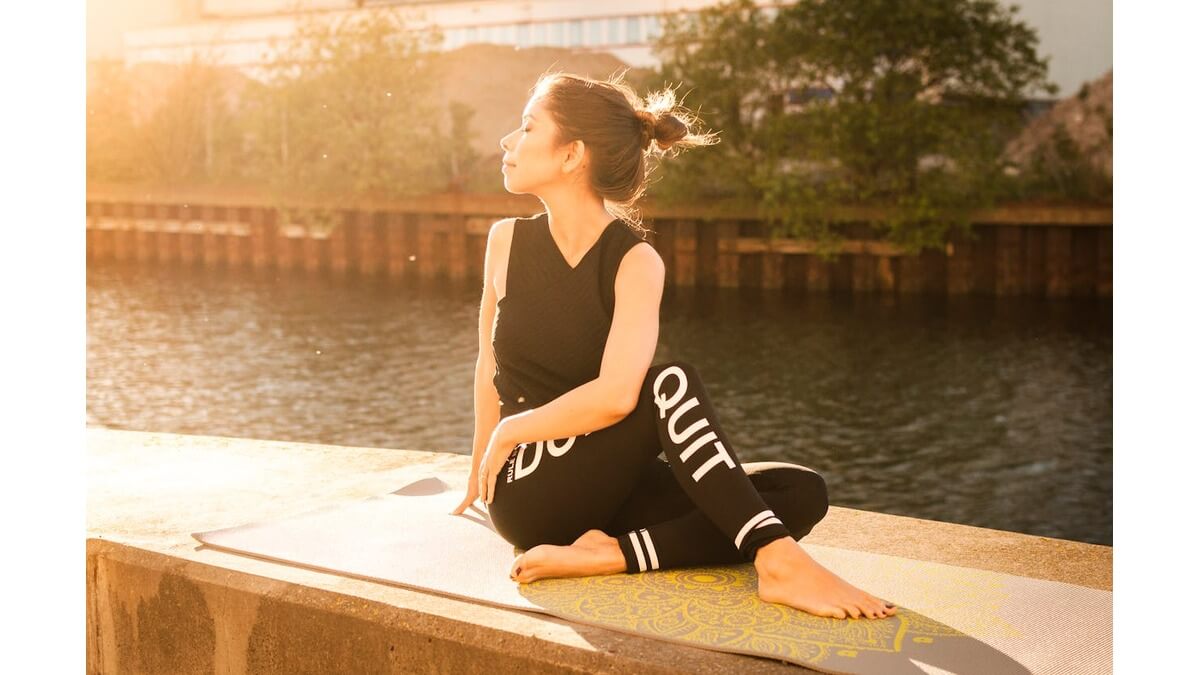Introduction
Mizukando, a term rooted in Japanese culture, encapsulates the art and mastery of water-based techniques. Whether in gardening, painting, or martial arts, Mizukando represents water’s fluidity, adaptability, and serenity. This comprehensive guide will explore the origins, applications, and benefits of Mizukando, making it a valuable addition to your skill set.
What is Mizukando?
Mizukando is a compound of two Japanese words: “Mizu” (水), meaning water, and “Kando” (感動), which translates to emotion or inspiration. Together, Mizukando symbolizes the emotional resonance and inspiration from interacting with water. In practice, Mizukando can be seen in various forms of Japanese art and culture, where the properties of water—such as fluidity, adaptability, and strength—are harnessed and revered.
The Origins of Mizukando
The concept of Mizukando is deeply intertwined with Japanese philosophy and aesthetics. Japanese culture’s reverence for water dates back to ancient times, when it was seen as a vital force in Shinto rituals and a source of life in everyday activities. Zen Buddhism’s influence also played a crucial role in shaping the principles of Mizukando, emphasizing the importance of harmony with nature and the impermanence of all things.
Applications of Mizukando
- Martial Arts
In martial arts, Mizukando is reflected in the fluid movements and strategies that mimic the qualities of water. For instance, in Aikido, practitioners are taught to flow around their opponents’ attacks like water flows around obstacles. The idea is to remain adaptable, using the opponent’s force against them rather than meeting aggression with aggression.
- Gardening
Japanese gardening, particularly the art of creating water gardens, is another domain where Mizukando shines. In these gardens, water is not just a decorative element but a symbol of purity, tranquility, and the continuous flow of life. The placement of streams, ponds, and waterfalls is meticulously planned to create a harmonious and peaceful environment.
- Painting and Calligraphy
Mizukando also finds expression in the traditional Japanese arts of painting and calligraphy. Artists often use water-based inks to create fluid and expressive brushstrokes, capturing the essence of movement and life. The art of sumi-e (ink wash painting) and shodo (calligraphy) rely heavily on water and ink control to produce delicate and mighty works.
- Tea Ceremony
The Japanese tea ceremony, or “Chanoyu,” is a practice that embodies Mizukando in its rituals. The careful preparation and pouring of tea symbolize the flow and purity of water, reflecting the importance of mindfulness and presence in every action. The serenity and simplicity of the tea ceremony directly reflect the principles of Mizukando.
Benefits of Practicing Mizukando
- Enhanced Mindfulness
One of the most significant benefits of practicing Mizukando is the enhancement of mindfulness. Whether through martial arts, gardening, or art, engaging with water-based techniques requires a deep focus on the present moment. This mindfulness can reduce stress, improve mental clarity, and a greater sense of inner peace.
- Increased Adaptability
Mizukando teaches us to be adaptable, much like water that takes the shape of any container it fills. By incorporating the principles of Mizukando into your life, you learn to be more flexible in your approach to challenges, adapting to new situations with ease and grace.
- Improved Physical and Mental Balance
In martial arts and other physical practices, Mizukando helps improve both physical and mental balance. The fluid movements and techniques that characterize Mizukando enhance coordination, strength, and mental resilience. This balance extends beyond the physical, promoting emotional stability and a calm, focused mind.
- Connection with Nature
Mizukando fosters a deep connection with nature, particularly with water. Whether you are tending to a water garden, practicing a water-based martial art, or simply observing the flow of a river, Mizukando encourages you to appreciate the natural world and understand your place within it. This connection can lead to a greater appreciation of the environment and a more sustainable way of living.
How to Incorporate Mizuk ando into Your Life
- Practice Water-Based Meditation
One way to incorporate Mizuk ando into your life is through water-based meditation. This can be as simple as sitting by a body of water, such as a river or a pond, and focusing on the sound and movement of the water. Allow your mind to flow with the water, releasing stress and tension.
- Engage in Water-Centric Activities
Engaging in water-centric activities, such as swimming, kayaking, or even water aerobics, can help you embody the principles of Mizukando. These activities require fluidity and adaptability, allowing you to connect with the water and move harmoniously.
- Create a Water Garden
If you have the space, consider creating a water garden in your home or yard. Even a small fountain or pond can bring the calming presence of water into your environment, allowing you to practice Mizuk ando in your everyday life. Take the time to care for your garden, and use it as a space for reflection and mindfulness.
- Study Traditional Japanese Arts
Studying traditional Japanese arts such as sumi-e or shodo can also help you incorporate Mizuk ando into your life. These art forms require a deep understanding of the flow and movement of water and the discipline to control it. Through practice, you can develop a greater appreciation for the principles of Mizuk ando and apply them to other areas of your life.
Conclusion
Mizukando is more than just a set of techniques; it is a philosophy that teaches us to move through life with the fluidity and grace of water. Incorporating Mizukando into your daily routine can enhance your mindfulness, adaptability, and connection with nature. Whether through martial arts, gardening, painting, or simply spending time near water, Mizuk ando offers a pathway to a more balanced and harmonious life. Embrace the power of water, and let Mizuk ando guide you toward greater peace and fulfillment. Yeder Veyst Meaning
